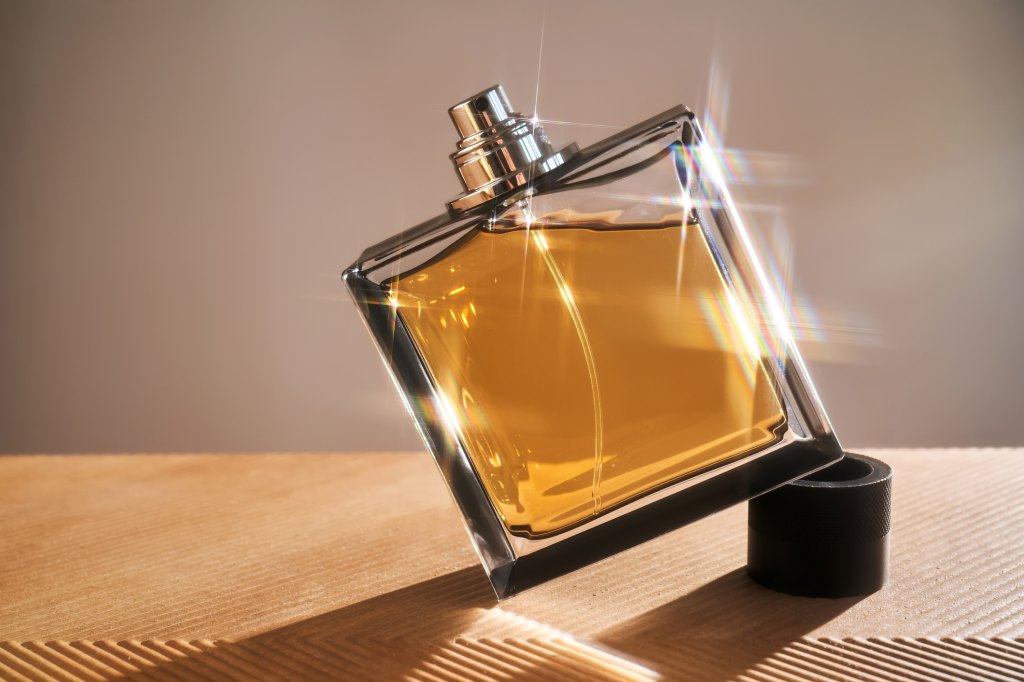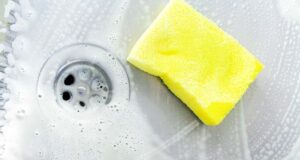Starting your day off with a spritz of perfume always puts us in the best mood and boosts our confidence. There’s no better feeling than walking by someone on the street and them stopping you to ask, “What are you wearing?”. Plus, with thousands of different perfumes on the market, it’s so fun to experiment with new fragrances and find your own personal signature scent. But not only are there many different fragrances to choose from, but there are also a variety of different types of perfume to choose from. You may have heard of an “eau de parfum” or “eau de toilette” but you may not know exactly how they differ from each other, or how different they are from a standard body mist. Here, we get into everything there is to know about the different types of perfume, their pros and cons and more.
What are the different types of perfume?

The perfume world is certainly not simple—it’s very complex and layered, and there’s a ton that goes into making a single fragrance. First of all, there are dozens of different “notes” or ingredients out there that have been put into perfumes, many times with the most unexpected pairings. But aside from the notes of a perfume, there are also different concentrations and strengths available—this is what we’re referring to when we say there are different “types” of perfume.
“Perfumes come in different strengths or concentrations to appeal to users who may like a light fragrance as well as those who want a beast of a perfume,” explains Darryl Do of Delbia Do Fragrances. You may want different concentrations for different occasions (i.e. a stronger perfume for a night out), or if you have sensitive skin, you may only be able to tolerate a lower concentration.
Body and fragrance mists
Starting with the lowest concentration levels, we have body/fragrance mists. “Splash or body mist is the lightest concentration at 3 percent,” affirms Do. What this 3 percent concentration is referring to is the concentration of essential oils, which give a perfume its scent. The strength, or concentration level, is also what helps contribute to the price of a perfume; Hence, body mists are typically on the lower end since they have a weaker concentration.
Eau de cologne and eau de toilette
Next is eau de cologne, which is 5 percent to 7 percent concentration, Do tells us, followed by eau de toilette at 8 percent to 10 percent. Masculine fragrances are typically labeled as an eau de toilette or eau de cologne, so they are usually less strong than eau de parfum, which are often geared toward women.
Eau de parfum
Eau de parfums have a 12 percent to 18 percent concentration, which is partly why you’ll find many of them to be on the pricier side.
Parfum
The strongest type of perfume is “parfum”, which Do tells us has a 20 percent to 25 percent concentration. If you love a really strong, powerful, long-lasting scent, opting for a parfum is your best bet.
Other types of perfumes
While the above are some of the most popular types of perfumes, there are a few others to add to the docket. Recently we’ve been loving solid perfumes, which are essentially heavily concentrated fragrances in a balm—hence, solid— form. We also can’t get enough of perfume oils, which are also more concentrated since they aren’t diluted with as much water and alcohol. Both of these types of perfumes are amazing if you’re looking for a long-lasting fragrance that is also more affordable.
What to know before buying a perfume

Before you decide which type of perfume is best for you, it’s smart to test different kinds in person. You can buy perfume sample sets as well as often get small sample sizes for free in department stores. Try wearing a body mist for a day, then an eau de toilette. A few days after that you could try an eau de parfum and parfum.
“Perfume is subjective—you should always test the product on your body to see if you like it on yourself and if you are happy with the strength before purchasing,” Do advises. Also, doing a small patch test/trial will tell you if your skin has an allergic reaction to the type of perfume or a specific product.




